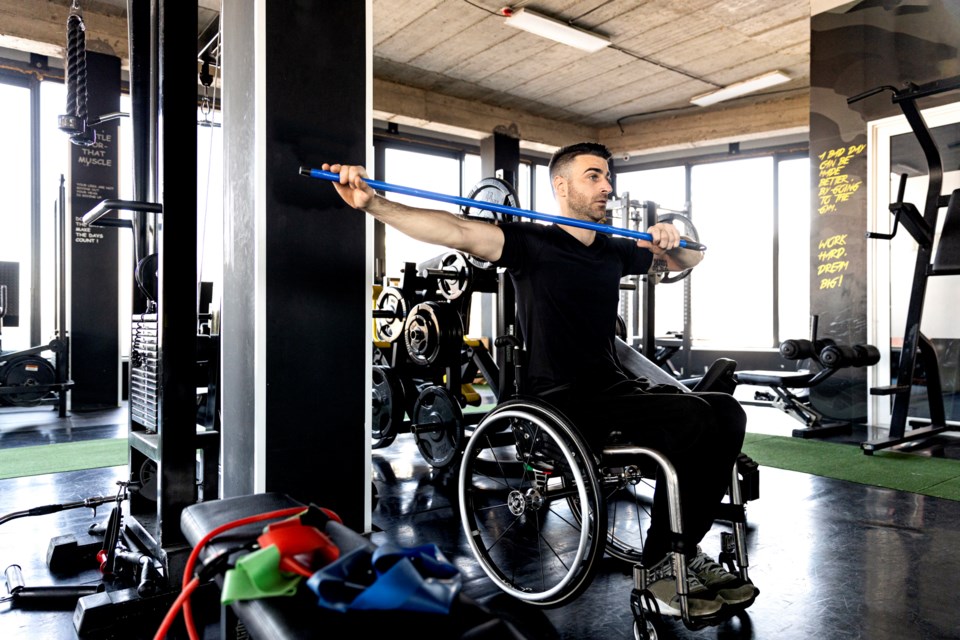A researcher at the UBC Okanagan campus in Kelowna has been testing the effectiveness of a mobile app that encourages people who are living with a spinal cord injury, but can walk, to get active.
Dr. Sarah Lawrason, a researcher in the School of Health and Exercise Sciences, has focused her career on working with people who live with a spinal cord injury (SCI) but are ambulatory. She says this population is an isolated, often misunderstood group of people because while they live with an SCI, they may not rely on a wheelchair all of the time for mobility.
“When people think of someone with an SCI, they picture a person who might be a paraplegic or quadriplegic, and that’s a person who has had a complete spinal cord injury,” explained Lawrason.
“But a person who has had an incomplete spinal cord injury, who might be able to walk some of the time or with a device, can be ambulatory with an SCI. And this group is often marginalized.”
Dr. Lawrason conducts research with the Centre for Chronic Disease Prevention and Management based at UBCO and says about half of spinal cord injuries are incomplete. The ambulatory SCI population is often seen as different from others and not a lot of research has been conducted with this cohort.
Her latest study investigates the potential of a mobile health intervention app called SCI Step Together.
According to UBCO, some participants were provided with the app to help set goals, track activity, connect or chat with fellow participants, as well as access an online coach and weekly educational components. The other participants did not use the app.
No participants were prescribed specific exercises, but they were encouraged to do activities that bring them joy. They were also provided The Physical Activity Guidelines for Adults with Spinal Cord Injuries, established by UBCO’s Dr. Kathleen Martin Ginis, Dr. Lawrason’s faculty supervisor.
To achieve essential cardiorespiratory fitness and muscle strength benefits, the guidelines recommend adults with an SCI engage in at least 20 minutes of moderate to vigorous aerobic exercise and strength training on functioning muscle groups twice at least per week.
During the eight-week study, Dr. Lawrason checked weekly with participants to see if they were accomplishing goals or facing barriers.
Those with the app said they had greater fulfillment of basic psychological needs, including a sense of independence, competence and belonging than those without the app. And general results suggest the program is feasible, well-accepted and engages participants.
The program significantly improved the satisfaction of basic psychological needs, knowledge and self-monitoring for leisure-time physical activity.
“This study is important because it’s the first exercise intervention for people with an SCI who walk, and one of the first mobile health programs for people with SCI in general,” added Lawrason.
“It is also indicative of a great partnership. SCI Step Together was developed in collaboration with Curatio Inc. to provide the mobile health platform. We also worked with several ambulators with SCI to make sure the content, delivery and format of the program met their needs.”




